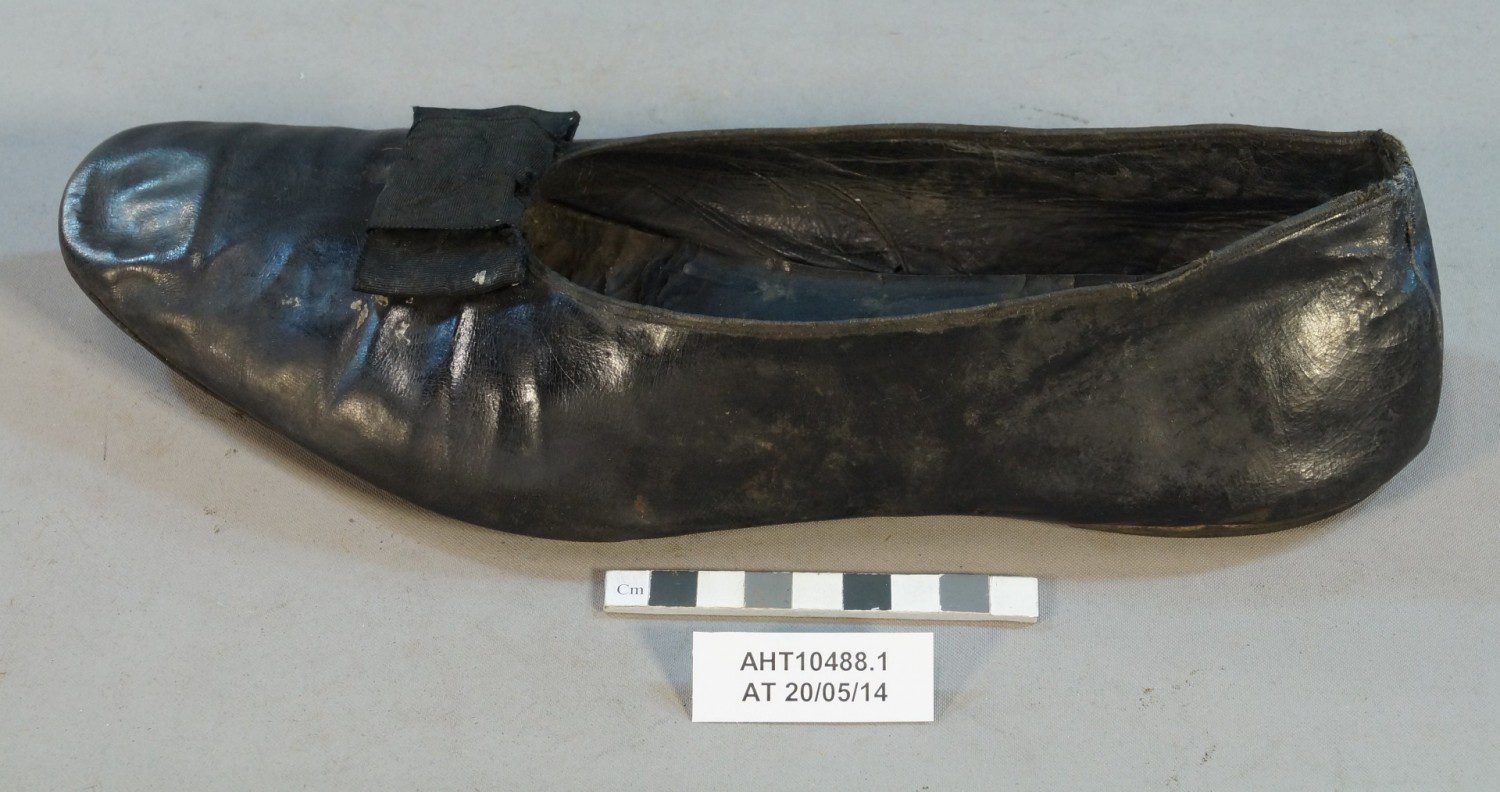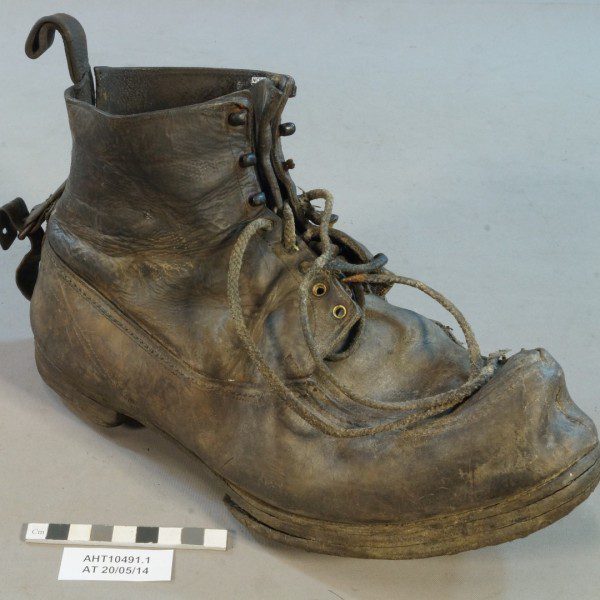Can You Still Tell a Man by His Shoes?
By Stefanie White
My grandmother, my mother and even my best friend have been heard announcing the old view that ‘you can tell a man by his shoes’ implying that shoes can portray a man’s moral character. Today that view may be mostly obsolete, especially in the Antarctic.
In the Antarctic, where there is little room for fashionable and aesthetic footwear, our shoes and boots are practical. Designed for Extreme Cold Weather, they are big, sometimes knee high, and insulated with high soles and thick layers of fleece. With wear and tear, we repair them and with decreasing temperature and new demands, we alter them.
 Antarctic Heritage Trust
Antarctic Heritage Trust Stefanie (front), with Meg, Sue and Aline holding their practical Antarctic boots.
This was also the case for Scott and his men. They patched, re-stitched and altered their boots often adding hobnails to increase grip for walking on ice and stuffing insulating sennegrass inside to help overcome freezing temperatures.
One may interpret that these men stayed true to their old boots, maintaining and caring for them. These men were professional and practical yet display chaotic domestic habits in the scruff and buildup of dirt on the boot soles. Perhaps, pronate distortions in the boots tell that they were sometimes stressed and exhausted with sore and cold feet.
It was sometimes the case that the historic explorers wore less practical and fancier shoes. Uncovered from under Wilson’s bed, in Scott’s Terra Nova Hut at Cape Evans, a black patent leather pomp, with a decorative grosgrain bow, was found. This rather fancy shoe is completely unsuitable for the harsh Antarctic conditions and may perhaps lend a tale about a man’s more sensitive character. The owner of this shoe was a man with grounded feet; a man with a sense of vanity, style and perhaps even artistic humour.
Overall, we can be sure of one thing: Practical and durable boots are a necessity for surviving the harsh Antarctic conditions and equally as important is the superficial and impractical accessory that can sometimes lift a man’s moral and make him feel at home.
 Antarctic Heritage Trust
Antarctic Heritage Trust A dress shoe, found at Scott’s Cape Evans hut.

Antarctic Heritage Trust – boot


